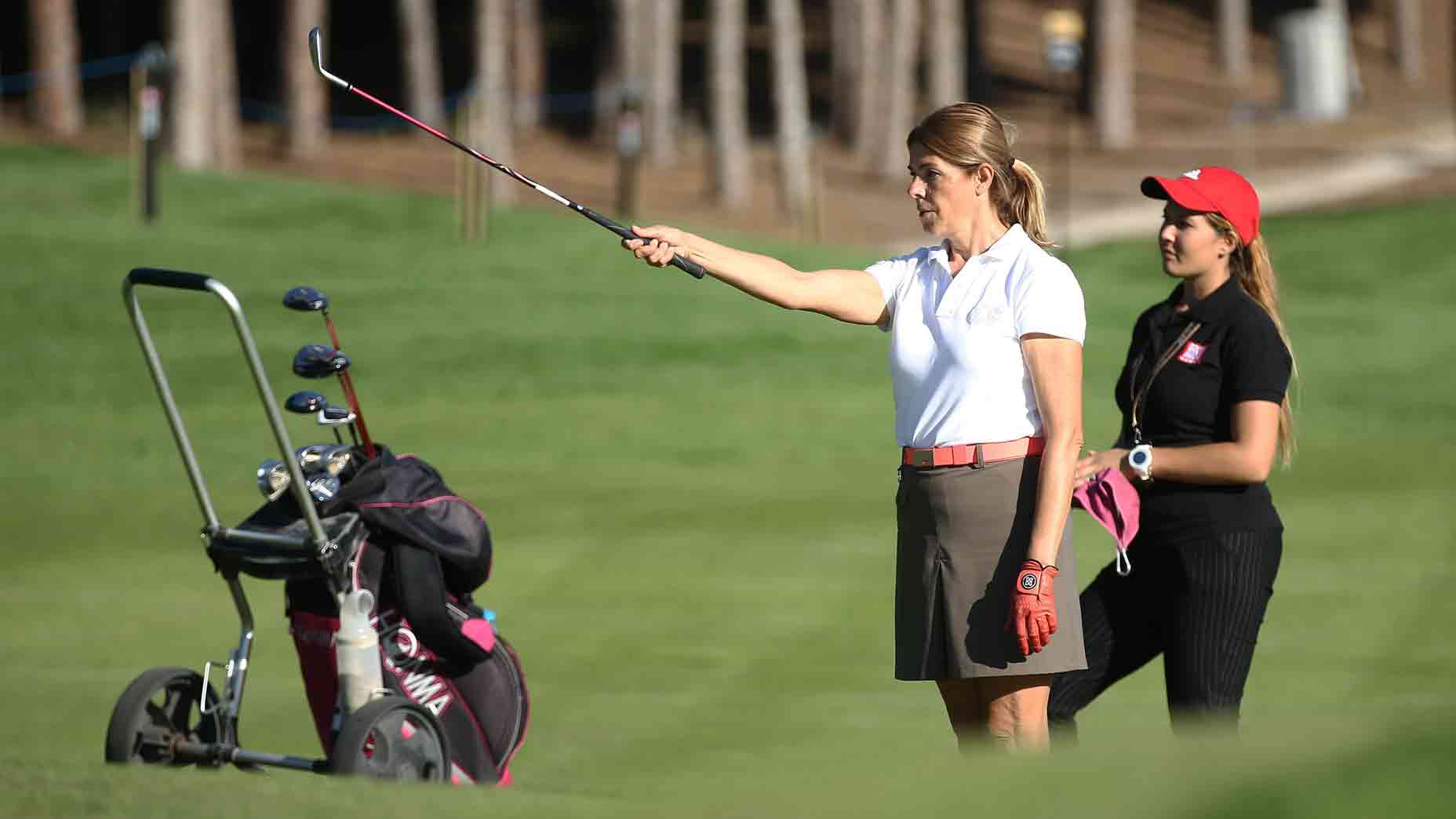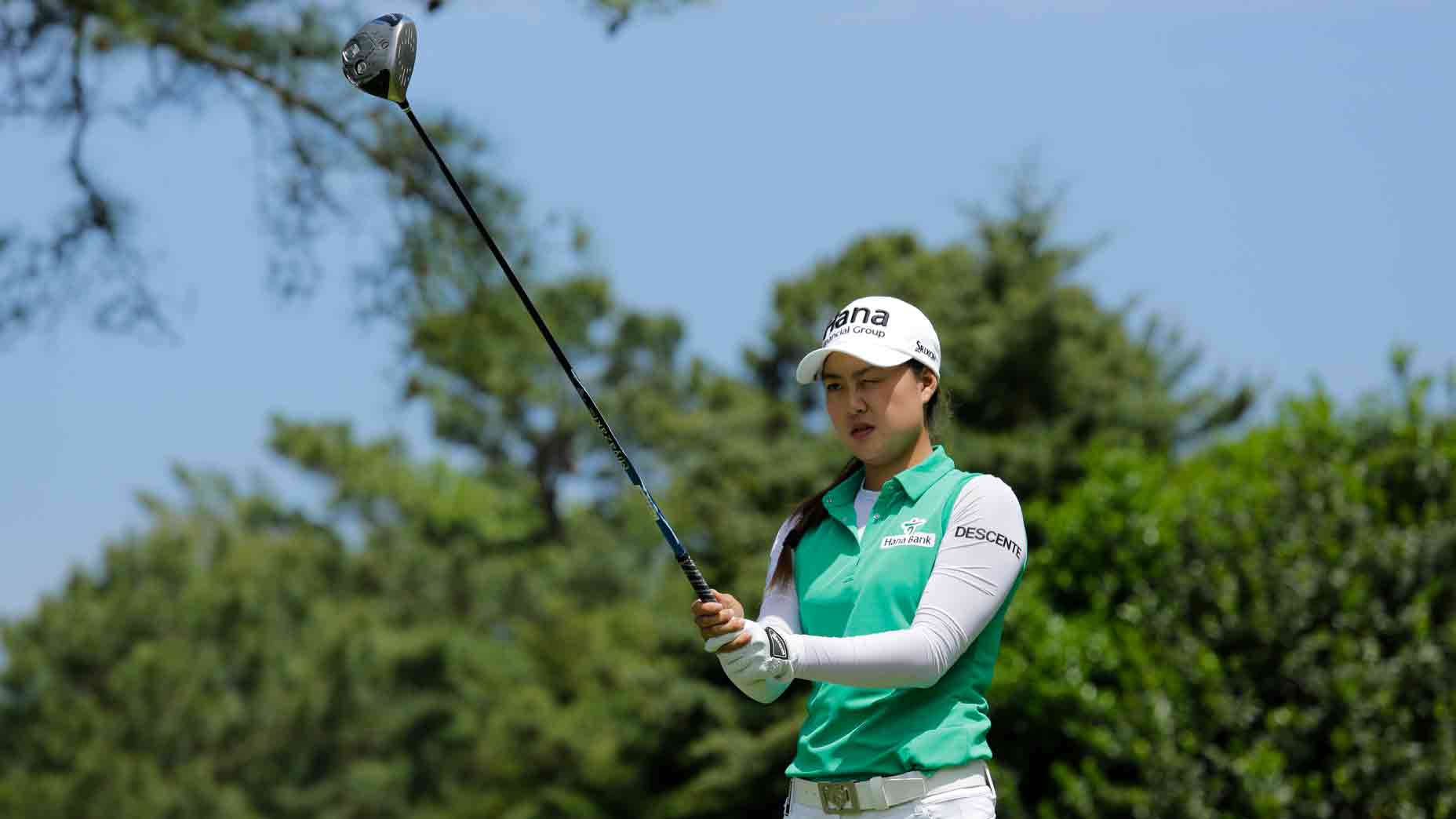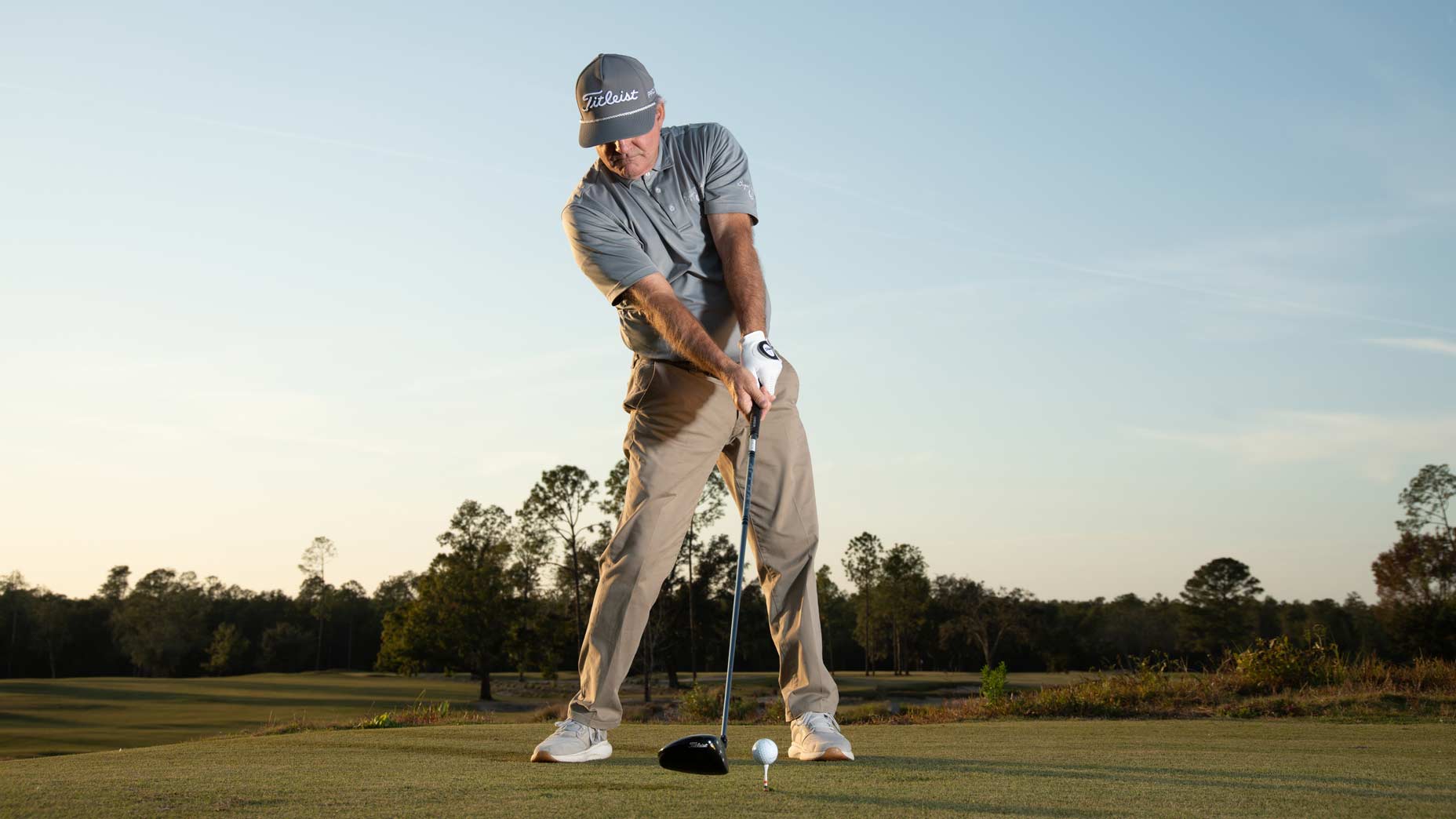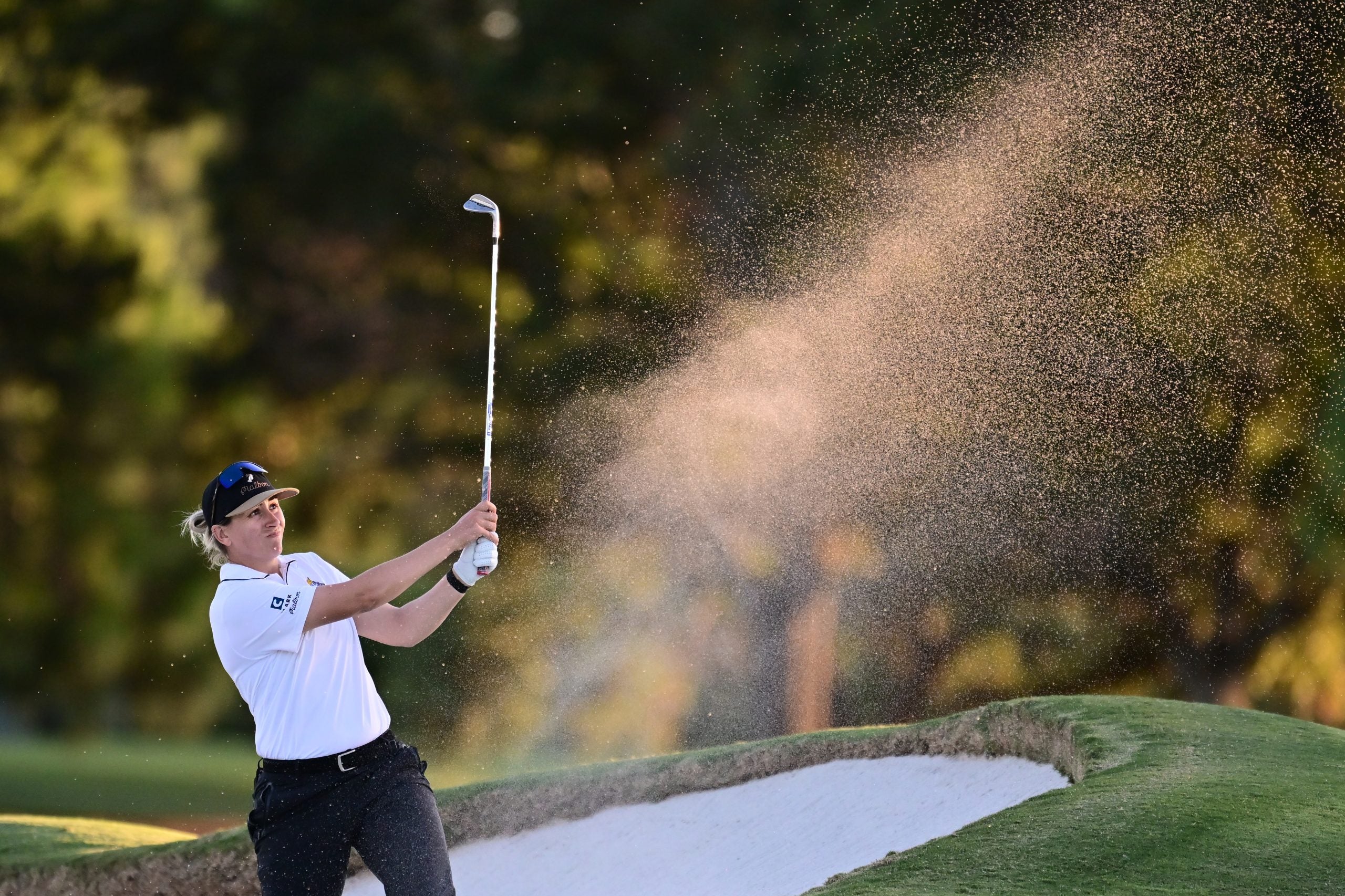GOLF’s roster of Top 100 Teachers have the benefit of seeing it all in the world of golf instruction, from recreational players who are struggling to make contact with the ball to Tour-level talents.
Along the way, many of them have gleaned great insights on what their better-player students do that higher-handicap players would do well to emulate. It’s one of our favorite questions to ask, and we always get a revealing and helpful answer.
And when I posed the question to longtime Top 100 Gale Peterson at GOLF’s Top 100 Teacher Summit, her response was no exception.
This is 1 thing better players do that higher handicaps should emulateBy: Jessica Marksbury , Gia Liwski
“Better players work on their fundamentals all the time,” Peterson said. “Aim is very important, and aiming the shaft gets harder as it gets farther away from your eyes. Better players know that they need to calibrate their aim often, so I recommend making that part of your regular practice. Create a little check station, where you can make sure your clubface is in line with the target, if you’re trying to hit a straight ball, when your body’s parallel to it.”
So, what’s the easiest way to do this? Peterson says you can just use a club.
“Better players will put a shaft down on the target line and one underneath the shoulders and hit maybe five balls,” she said. “The routine is kind of robotic, but then the swing is free. They rehearse the feel of the motion.”
This type of drill has an additional benefit, Peterson says. Going through the checkpoint motions occupies your mind, so when the pressure is on in real time, you can focus on your routine instead of stressing over your shot.
“When you rehearse the motion and then step in to the shot with the feel, the process is one that occupies the mind and silences other chatter,” she says. “So if you set up the clubface first, then the grip, measure to the ground and walk into the ball to settle over it, that process can occupy the mind, instead of ‘don’ts’.”












